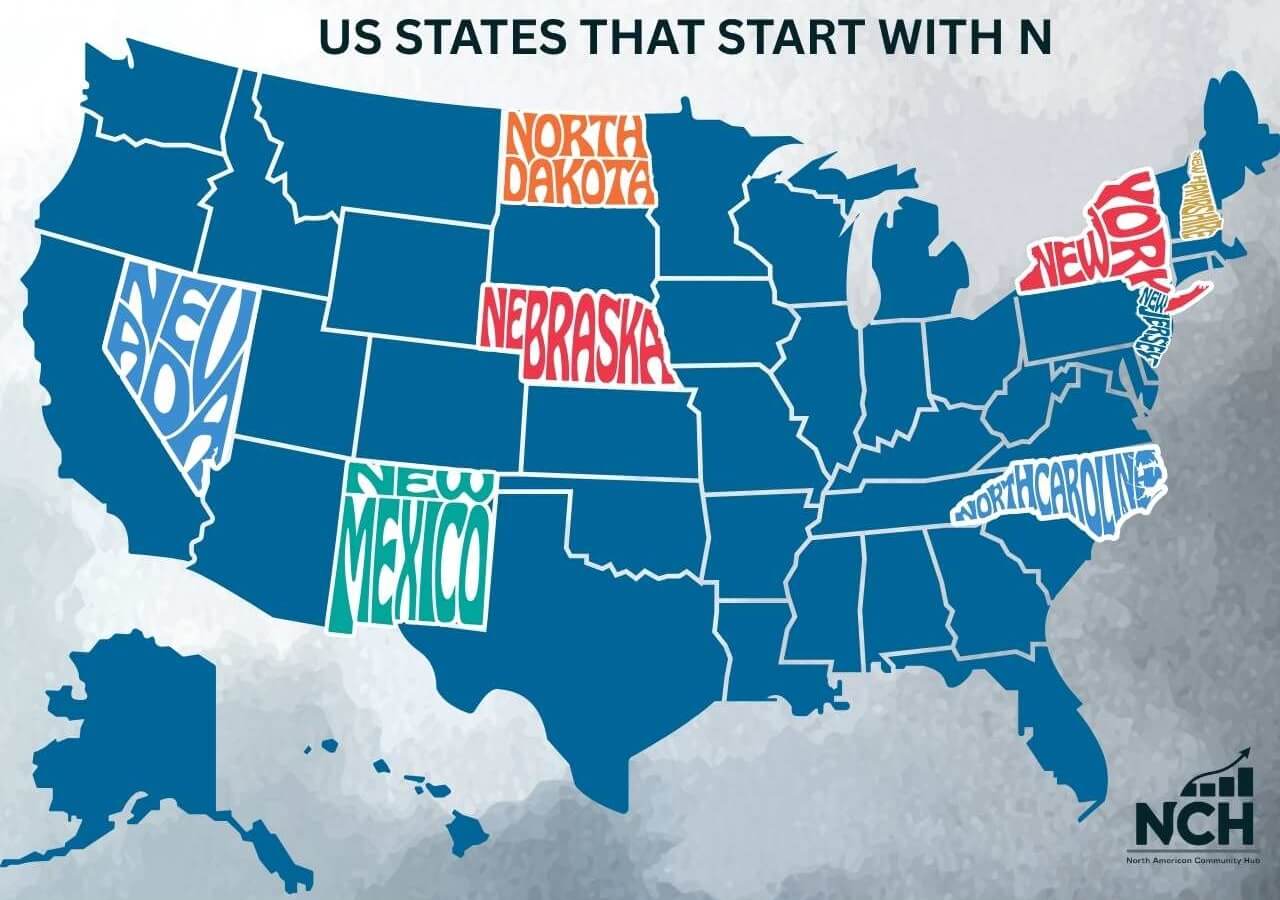After covering the US states that start with M, the letter N is next in the series. Many US states start with N, and each one of them makes the United States even more unique and interesting.
Here is the list of US states that start with N:
- Nebraska
- Nevada
- New Hampshire
- New Jersey
- New Mexico
- New York
- North Carolina
- North Dakota
In the following sections, you will learn more about their history, geography, and surprising facts that keep them unique.
1. Nebraska
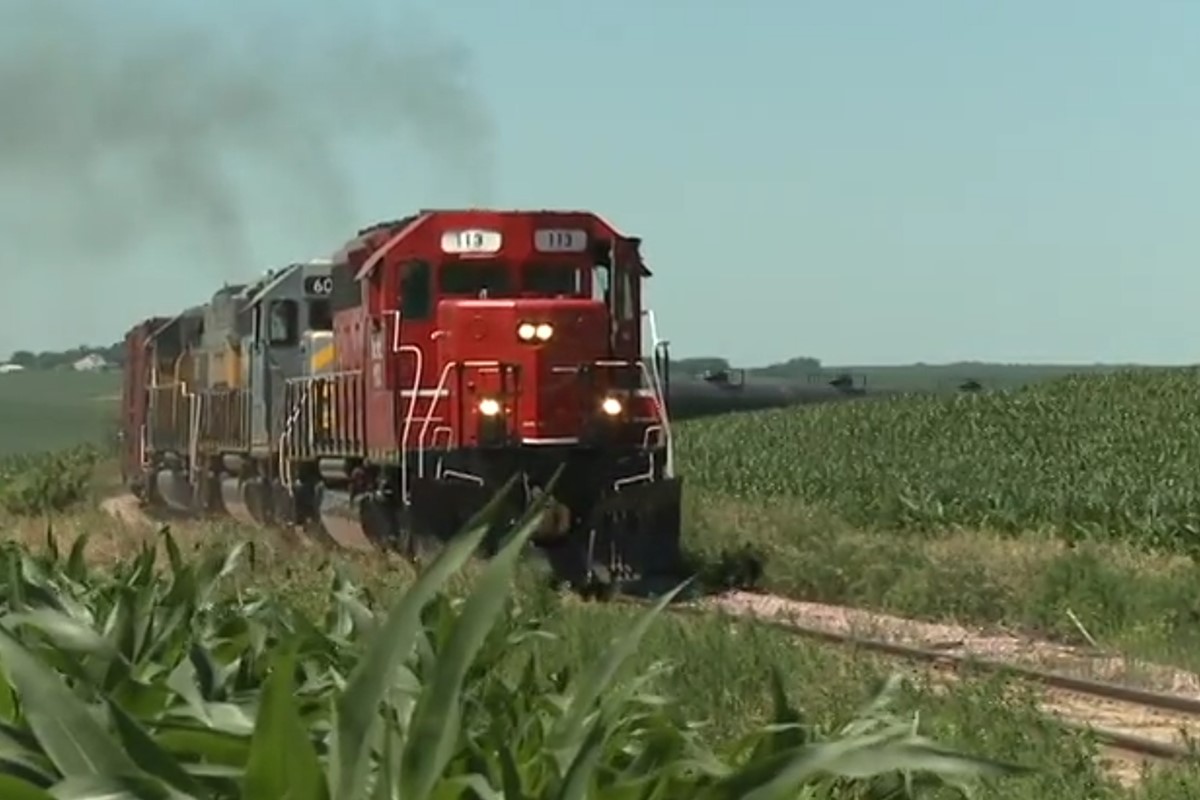
Nebraska is in the center of the country, well-known for open plains that meet endless skies.
The story of Nebraska runs through wind, soil, and long roads that connect all of its towns.
It carries the legacy of pioneers, the railroads that powered progress, and the steady rhythm of work that defines the Midwest.
History
Nebraska entered the Union in 1867 after decades as a frontier crossing. Native tribes such as the Omaha, Pawnee, and Otoe lived across the plains long before settlers arrived.
The Oregon and California Trails cut through the land, bringing thousands west. The Homestead Act of 1862 drew farmers who built new lives on open ground.
The Union Pacific Railroad began in Omaha, linking the Great Plains to the rest of the nation.
Geography
Nebraska covers two main regions: the Dissected Till Plains in the east and the Great Plains in the west.
The Platte River flows through the middle, following the same route settlers once took across the prairie.
Main Attractions
- The Sandhills is one of the largest areas of grass-covered dunes on Earth.
- Chimney Rock represents a sandstone spire that guided wagon trains.
- The Niobrara River is known for waterfalls and scenic cliffs.
- The Panhandle region is home to wide ranchlands and fossil beds.
Eastern Nebraska holds the largest cities, while the west remains open, quiet, and dominated by ranching and farmland.
Surprising Facts
View this post on Instagram
- Nebraska has more miles of river than any other U.S. state.
- Kool-Aid was invented in Hastings in 1927.
- The state nickname, Cornhusker, comes from early hand-harvesting traditions.
- Carhenge near Alliance recreates Stonehenge using old cars.
- Memorial Stadium in Lincoln becomes one of the largest population centers in the state on football game days.
- It is ranked 3rd among the happiest states in the US.
2. Nevada

Nevada stretches across the American West, where deserts, mountains, and bright cities meet.
Its name comes from the Spanish word for “snow-covered,” referring to the Sierra Nevada range, but most of the state lies in dry, rugged basins.
Gold, silver, and an independent spirit shaped it into one of the most distinctive states in the nation.
History
Nevada joined the Union in 1864 during the Civil War. The discovery of the Comstock Lode in 1859 brought silver miners and instant wealth to places that had been an empty desert. The Union accepted the territory early to secure mineral income for the war.
In the 20th century, a shift began. Las Vegas grew from a small railroad stop into an international center of tourism after gambling became legal in 1931.
Hoover Dam powered expansion created new jobs during the Great Depression. The mix of mining, energy, and entertainment defined a state built on risk and reinvention.
Important Milestones
Geography
@visittheusa Some resolutions are about doing more—others are about feeling more. ✨ Let the Sierra Nevada Mountains, California, remind you what it’s like to breathe deeply and reconnect with nature. Watch the sunrise cast golden light over Lake Tahoe, hike among ancient sequoias in Yosemite, or soak in Mono Hot Springs as snowflakes melt on your skin. The mountains are calling—and this time, they’re asking you to slow down. 🌄 📸: @Rach #VisitTheUSA #BookThatTrip #NatureTok #2025Resolutions #CaliforniaHiking #CaliforniaHiddengems #SierraNevadaMountains #LakeTahoe #Yosemite #TravelGoals #HiddenGems @VisitCalifornia ♬ som original – Nico News
Nevada ranks as the driest state in the United States. Mountain chains divide the land into long valleys known as basins. The Sierra Nevada Mountains form the western boundary, while the Great Basin covers most of the rest.
Most Popular Tourist Attractions
@handluggageonly Here’s what a day at Burning Man looks like though I do have to say, this is not what everyday looks like because you would be exhausted after a week if everyday was this long. There’s so much going on 24 hours a day so you can pretty much start your day whenever you want and not feel like you’re missing out on much. It’s amazing. #BurningMan #BlackRockCity #Nevada #Travel ♬ original sound – Hand Luggage Only
- Lake Tahoe, with its clear alpine water.
- Red Rock Canyon near Las Vegas.
- Great Basin National Park is home to ancient bristlecone pines.
- Black Rock Desert, site of the annual Burning Man event.
Surprising Facts
- Around 85 percent of Nevada’s land is federally owned.
- The state produces some of the world’s top gold outputs.
- The Las Vegas Strip shines bright enough to be seen from space (This is just a myth, but it can be heard everywhere).
- Nevada has over 300 mountain ranges, second only to Alaska.
- No state income tax makes it a major relocation destination.
- Las Vegas hosts over 40 million visitors every year.
- Nye County in Nevada is one of the biggest counties in the US
3. New Hampshire

New Hampshire sits in the heart of New England, where mountain air meets Atlantic tides.
The state carries a quiet strength built on independence, tradition, and hard work.
Its motto, “Live Free or Die,” speaks for its people more clearly than any speech ever could.
History
New Hampshire became one of the original thirteen colonies and joined the Union in 1788. Early settlers arrived in the 1620s, drawn by fishing, timber, and trade.
Portsmouth grew into a key harbor and shipbuilding center for the British Crown, long before the idea of independence took hold.
When revolution came, the state moved quickly. It was the first colony to form a government independent of British rule in January 1776. Soldiers from New Hampshire fought in key battles at Bunker Hill and Saratoga.
After independence, small farms, mills, and towns grew along its rivers, fueling both industry and community.
Geography
View this post on Instagram
New Hampshire covers a small area but contains powerful landscapes. The White Mountains cut across the north, crowned by Mount Washington, the highest peak in the northeastern United States.
Lakes, forests, and short stretches of Atlantic coast complete a map that feels both rugged and balanced.
Popular Tourist Spots
@tarynsheartventures Lake Winnipesaukee in New Hampshire is one of the most underrated lake towns in the U.S.! From charming towns like Meredith to endless mountain + lake views, it’s the perfect New England getaway!! Save this for your NH travel bucket list!! #lakewinniepesaukee #newhampshire #bestlaketowns #hiddengems #newenglandtravel ♬ original sound – Taryn Donohue
- Mount Washington, known for fierce winds and sudden weather.
- Lake Winnipesaukee, a popular resort area surrounded by forest.
- The White Mountain National Forest covers nearly a quarter of the state.
- The Connecticut River forms the western boundary with Vermont.
- The short Atlantic coastline near Portsmouth.
Surprising Facts
- New Hampshire holds the nation’s first presidential primary every four years.
- The state has no general sales tax and no income tax on wages.
- The first free public library in America opened in Peterborough in 1833.
- The “Old Man of the Mountain,” a granite rock formation that collapsed in 2003, remains a state symbol.
- Alan Shepard, the first American in space, was born in Derry, New Hampshire.
- People living in this state drink the most alcohol. On average, each person drinks around 4.67 gallons per year.
4. New Jersey
New Jersey stands between New York and Pennsylvania, yet keeps its own rhythm. It fits coastlines, farmlands, and industrial towns into a small map that shaped much of the modern American way of life.
History
@imperial_history10 George Washington commander in chief of the Continental army crossed the Delaware River on the night of Christmas 1776 to suprise attack a group of Hessian mercenaries at Trenton #battleoftrenton #trentonbattle #georgewashington #washingtoncrossesthedelaware #georgewashingtoncrossingthedelaware #georgewashingtonhistory #revolutionarywar #americanrevolution #americanrevolutionarywar ♬ original sound – Imperial History
New Jersey became the third state to join the Union in 1787. The Lenape tribes lived here long before Dutch and English settlers arrived in the 1600s.
During the American Revolution, the state saw major fighting, including George Washington’s famous crossing of the Delaware River in 1776 and the victory at Trenton that helped turn the war.
Through the 1800s, factories, ports, and railways filled the landscape. Thomas Edison set up his lab in Menlo Park, where he created the light bulb and the phonograph.
The state grew into a center of invention and production that fed the growth of nearby New York and Philadelphia.
Main Turning Points
- 1664: The English take control and name the colony New Jersey.
- 1776: Washington’s win at Trenton changes the course of the war.
- 1830s: Industrial growth spreads through northern towns.
- Late 1800s: Edison’s work reshapes the world of science and technology.
Geography
View this post on Instagram
New Jersey touches the Atlantic Ocean to the east and the Delaware River to the west.
The north holds hills and forests, the center runs through fertile plains, and the south stretches toward the Pine Barrens and long beaches.
Most Popular Landmarks
- The Jersey Shore, known for its long boardwalks and coastal life.
- The Pine Barrens, filled with pines, bogs, and local legends.
- Delaware Water Gap, cut through cliffs by the Delaware River.
- Liberty State Park, looking across the harbor toward the Statue of Liberty.
- Cape May, one of America’s oldest seaside towns.
Surprising Facts
- The first baseball game was played in Hoboken in 1846.
- The state has the highest population density in the nation.
- Edison earned over a thousand patents while living here.
- Atlantic City built the first boardwalk in the world.
- More diners operate in New Jersey than anywhere else in the country.
- The state flag has remained unchanged since 1777.
5. New Mexico
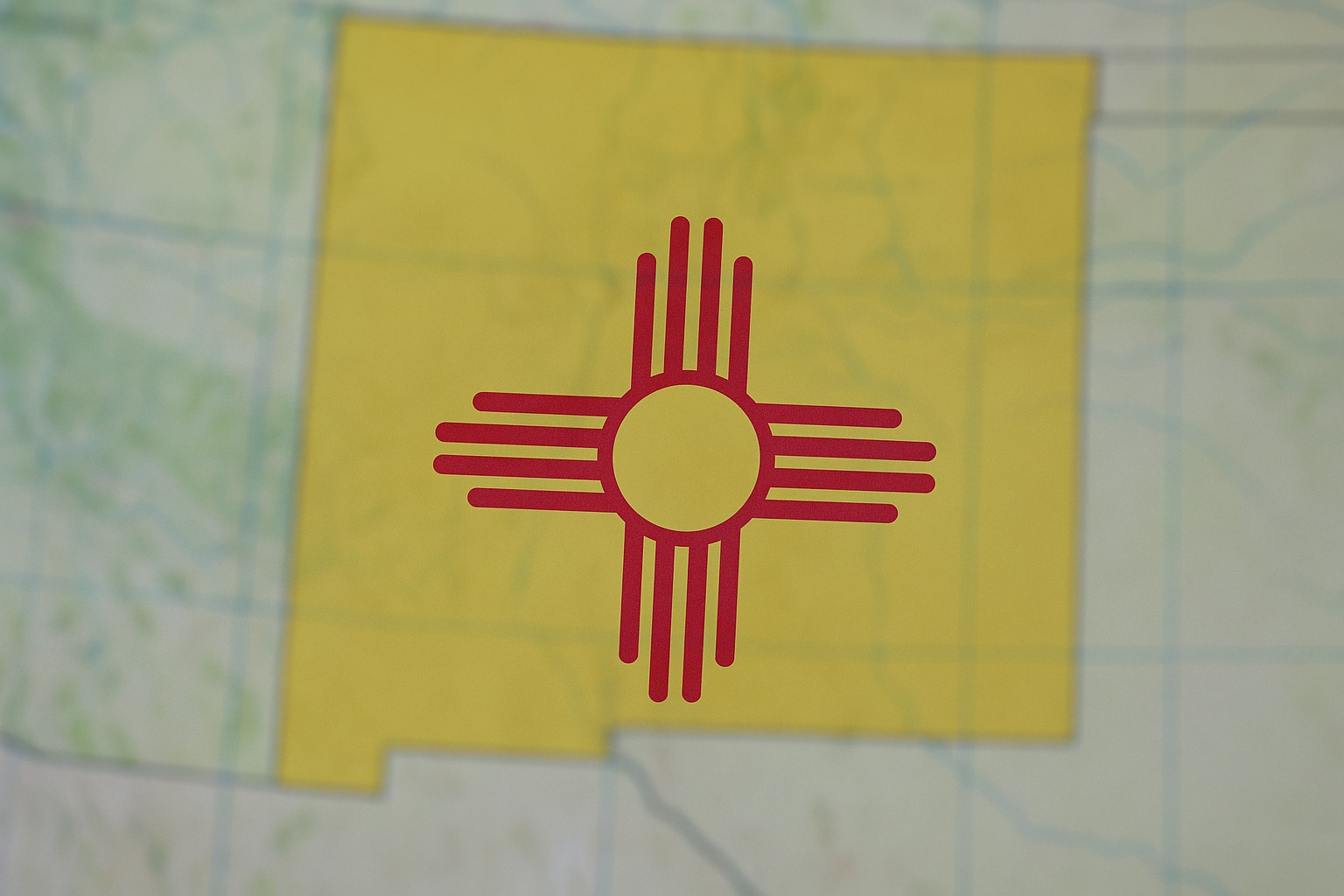
New Mexico lies in the American Southwest, where desert, mountain, and sky meet.
The mix of Native, Spanish, and frontier heritage shaped every part of its story, leaving a mark that still defines daily life across the state.
History
@imperial_history10 179 years ago on May 13th, 1846, the U.S. declared war on Mexico leading to the Mexican-American war #mexicanamericanwar #presidentpolk #ushistory #usmexicanwar #usahistory🇺🇸 #usbattle #history ♬ original sound – Imperial History
New Mexico became the 47th state in 1912, though its roots go back thousands of years. Pueblo tribes built complex communities long before Spanish settlers arrived in the 1500s.
The region became part of Mexico in 1821 and later passed to the United States in 1848 after the Mexican-American War.
By the 20th century, New Mexico held both ancient culture and modern innovation. Los Alamos became the center of the Manhattan Project during World War II, changing global history forever.
Important Moments in the History of New Mexico
View this post on Instagram
- 1598: Spanish settlers form the first European capital west of the Mississippi at San Juan de los Caballeros.
- 1848: Treaty of Guadalupe Hidalgo transfers the land to the United States.
- 1912: Statehood officially granted.
- 1945: First atomic bomb tested near Alamogordo.
Geography
The landscape mixes desert basins, forested mountains, and dry river valleys. The Rio Grande cuts through the center, dividing rocky plateaus and fertile ground.
Each part of the state carries its own rhythm of color and terrain.
Most Popular Natural Attractions
- Carlsbad Caverns with massive underground chambers.
- White Sands National Park made of pure gypsum dunes.
- Rio Grande Gorge carved deep near Taos.
- Sangre de Cristo Mountains stretching into the north.
- Gila National Forest rich in rivers and ancient ruins.
Surprising Facts
View this post on Instagram
- Santa Fe is the oldest state capital in the country, founded in 1610.
- Roswell became world famous after the 1947 UFO incident.
- The state grows more chili peppers than any other in America.
6. New York
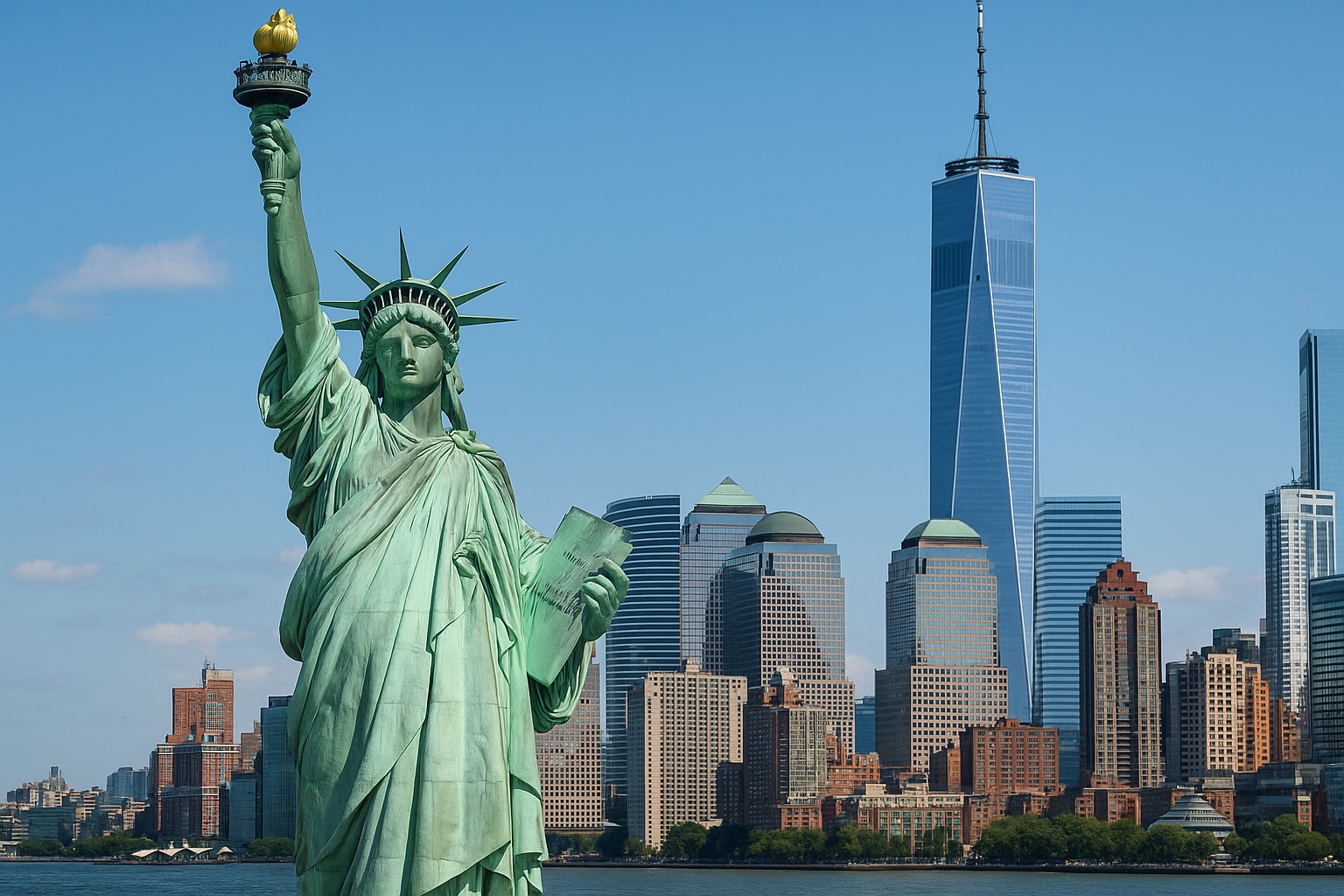
New York holds a central place in the story of the United States. The land stretches from the Atlantic coast to the Adirondack Mountains and ties together city life, wilderness, and history in a way few other states can.
It grew through effort, trade, and movement, becoming a crossroads where millions found purpose and direction.
History
New York entered the Union in 1788 as the eleventh state. Its early history began in the 1600s when Dutch settlers built New Amsterdam on Manhattan Island. The English gained control in 1664 and renamed it New York after the Duke of York.
The colony played a key role in the American Revolution. The Battle of Saratoga in 1777 became a turning point in the war. The Erie Canal opened in 1825 and changed the economy of the entire region by linking the Great Lakes to the Atlantic Ocean.
Millions of immigrants arrived through Ellis Island during the 19th and early 20th centuries, shaping the cultural and social foundation of modern America.
Main Events that Shaped New York
- 1624: Founding of New Amsterdam by Dutch settlers.
- 1777: Victory at Saratoga during the Revolution.
- 1825: Completion of the Erie Canal.
- 1892: Opening of Ellis Island as the main immigration port.
- 2001: Attack on the World Trade Center in New York City.
Geography
The state covers diverse land, stretching across forests, lakes, and mountains.
The Hudson River flows through the center, connecting inland valleys to the sea. Northern regions reach into the Adirondacks, while the west touches the Great Lakes.
The South forms one of the most famous urban regions centered around New York City.
Most Popular Landmarks
- Niagara Falls links the United States and Canada with one of the most powerful waterfalls on Earth.
- Adirondack Park, a vast protected area larger than many national parks combined.
- The Hudson Valley, rich in culture and agriculture.
- The Finger Lakes, known for their deep waters and vineyards.
- Long Island beaches stretch east toward the Atlantic.
Surprising Facts
- New York City is the first capital of the United States.
- The Statue of Liberty arrived from France in 1885 and became the symbol of freedom.
- The first women’s rights convention took place in Seneca Falls in 1848.
- Adirondack Park covers more land than Yellowstone, Glacier, and Grand Canyon combined.
- The modern versions of the safety pin and toilet paper roll were both patented in New York.
- More than 800 languages are spoken in New York City.
7. North Carolina
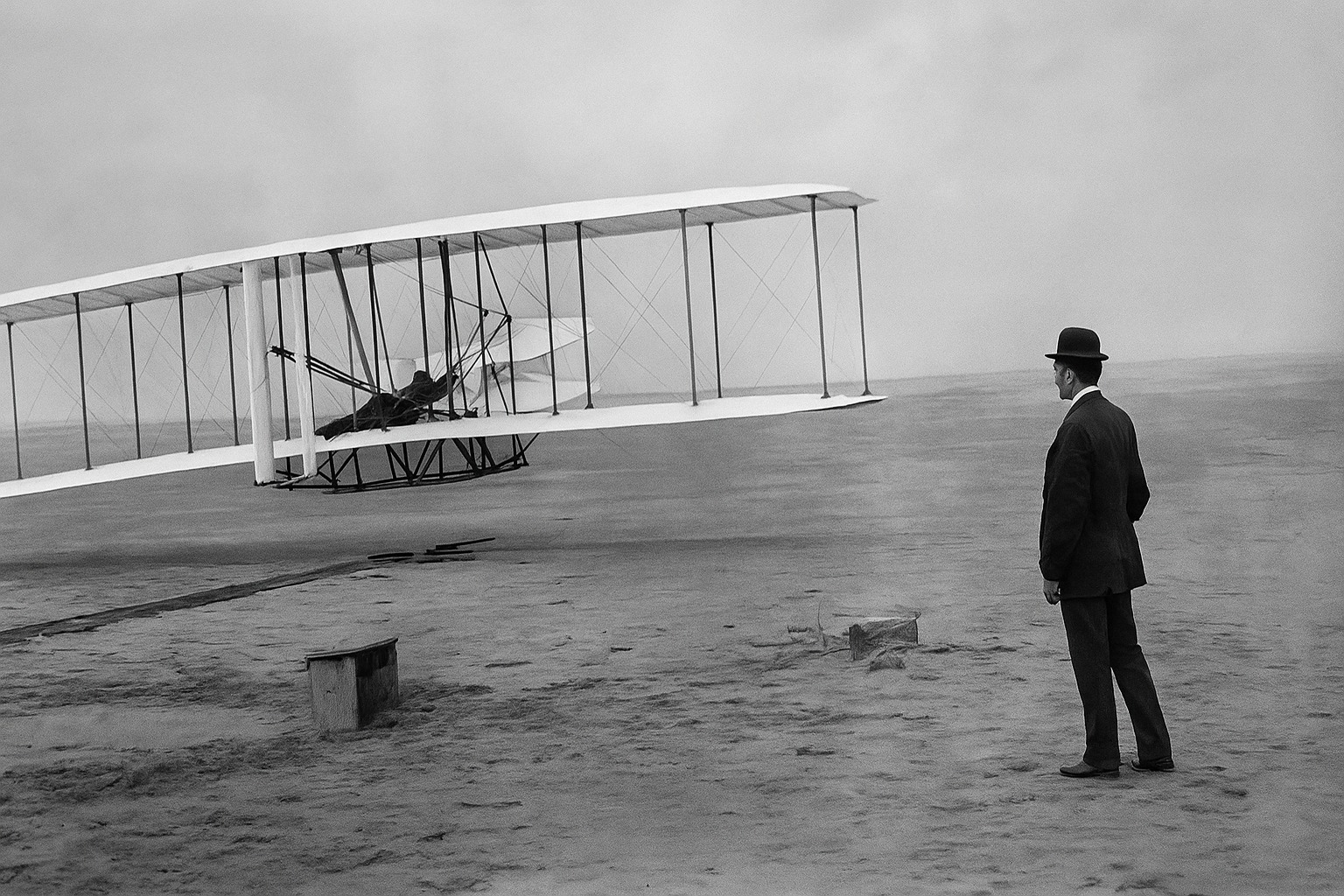
North Carolina lies between the Atlantic coast and the Appalachian Mountains. The land carries a mix of wide beaches, quiet farmland, and mist-covered ridges that mark the western horizon.
Every region adds something different to its story, from early colonies to aviation and technology.
History
The story of North Carolina began long before statehood, with Native tribes such as the Cherokee and Tuscarora living across its valleys and rivers. English settlers founded small coastal communities in the late 1600s after earlier failures, such as the Lost Colony of Roanoke.
During the Revolution, local groups took early action for independence, including the 1775 Mecklenburg Declaration in Charlotte.
By the 1800s, the state built strength through tobacco, cotton, and textiles. Railroads connected inland towns, while the coast kept trade alive through Wilmington.
In 1903, two brothers from Ohio changed the world at Kitty Hawk with the first successful flight, turning the Carolina coast into a historic landmark.
Notable Events Through Time
@historyfixpodcast Exactly how long was the first flight? I’ve timed this out to the second traveling the exact path Orville Wright took on December 17, 1903. So how did a couple of bicycle mechanic brothers from Ohio crack the secret to flight when so many others had failed? Check out this week’s episode of History Fix to learn more, wherever you get your podcasts (or link in bio). #wrightbrothers #firstflight #innovation #historylovers #historypodcasts ♬ Reflections – Gabriel Albuquerqüe
- 1587: The Lost Colony disappears on Roanoke Island.
- 1775: Mecklenburg Declaration of Independence signed.
- 1789: State joins the Union.
- 1903: Wright brothers complete the first flight.
- 1960: Greensboro sit-ins push the Civil Rights movement forward.
Geography
The state is divided into three main areas: the Coastal Plain, the Piedmont, and the Mountains.
The eastern edge meets the Atlantic, lined with barrier islands known as the Outer Banks.
Central Carolina blends farmland and cities, while the west rises into the Blue Ridge and Smoky Mountains.
Main Natural Attractions
@wessnyderphotography Love just sitting and watching the Cape Hatteras Lighthouse lens rotate throughout the night while my cameras run for house capturing Timelapse. This part just never gets old. #wessnyderphotography #outerbanks #capehatteraslighthouse #obxlife ♬ relaxing piano music(1293528) – syummacha
- Great Smoky Mountains National Park with its ancient forests.
- Blue Ridge Parkway, winding through scenic peaks.
- Outer Banks, a string of shifting islands known for shipwrecks and storms.
- Cape Hatteras Lighthouse, a symbol of the Atlantic coast.
- Research Triangle, home to major universities and tech industries.
Surprising Facts
- North Carolina produces more sweet potatoes than any other state.
- The first English child born in the New World, Virginia Dare, was born here.
- Pepsi originated in New Bern in the 1890s.
- The Biltmore Estate in Asheville remains the largest private home in the United States.
- NASCAR began with local drivers racing bootleg cars through the hills.
8. North Dakota
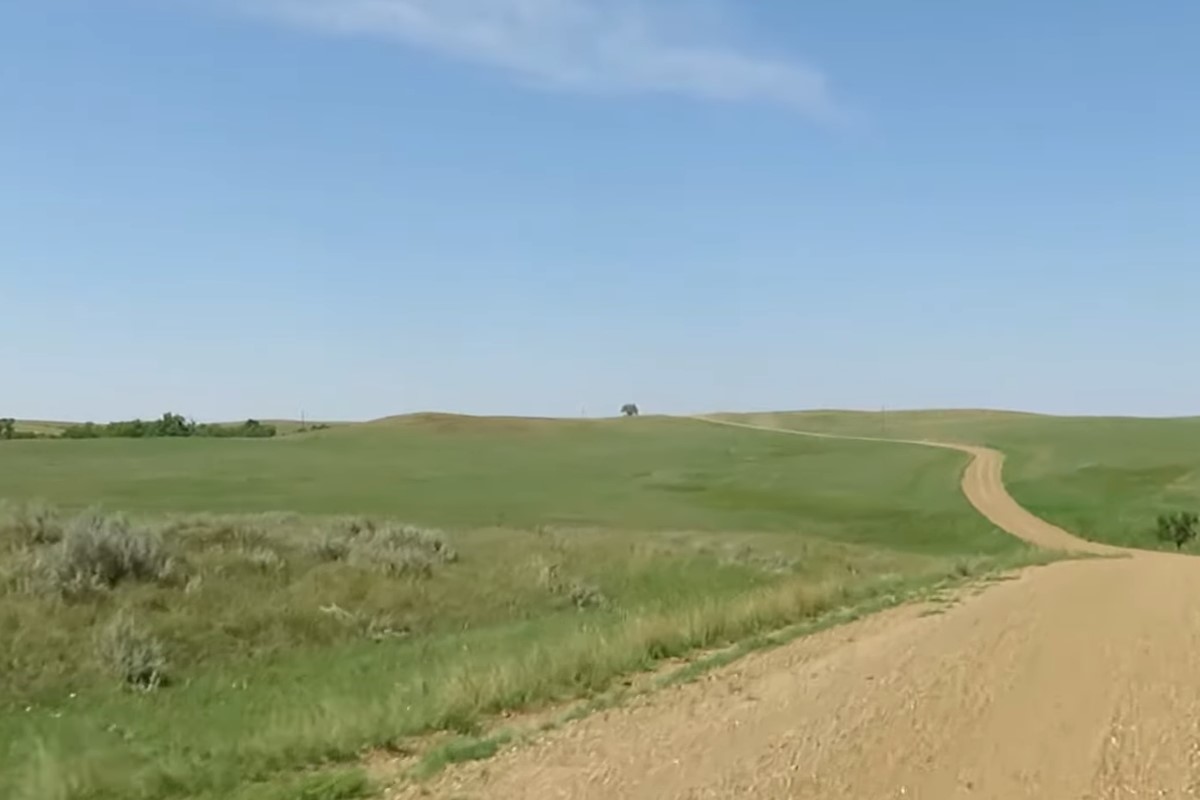
North Dakota rests on the northern plains where open land meets endless sky.
The land shaped the people as much as the people shaped the land.
History
The story of North Dakota began with the Mandan, Hidatsa, and Arikara tribes, who built villages along the Missouri River long before European arrival. French explorers came in the 1700s, followed by traders and settlers drawn by furs and open fields.
The territory became part of the United States through the Louisiana Purchase in 1803 and gained statehood in 1889, alongside South Dakota.
Railroads and homesteads filled the plains during the late 1800s. Immigrants from Norway, Germany, and Russia built small farming towns across the prairie. Agriculture turned the land into one of the most productive grain regions in the world.
Events That Shaped North Dakota
- 1738: French traders reach the Mandan villages.
- 1870s: Railroad expansion brings settlers across the plains.
- 1889: Statehood achieved along with South Dakota.
- 1930s: Dust storms devastate farms during the Great Depression.
Geography
@micktidrow You know you live in North Dakota when… #northdakota #dakota #weather #ice #snow #freeze #freezing #fyp ♬ Oh No Oh No Oh No No No – Dubskie
The landscape stretches flat for hundreds of miles, broken by rivers, lakes, and rolling hills.
The Missouri River runs across the west, while the Red River Valley to the east holds some of the most fertile soil in North America.
Winters are long and cold, summers short but bright and full of growth.
Landmarks that Define the Region
- Theodore Roosevelt National Park, known for rugged badlands and roaming bison.
- Lake Sakakawea, created by the Garrison Dam, one of the largest man-made lakes in the country.
- The International Peace Garden on the Canadian border, symbolizing friendship between nations.
- Sheyenne National Grassland, a rare pocket of natural prairie.
Surprising Facts
- North Dakota produces nearly half of all the nation’s spring wheat.
- The state has one of the lowest unemployment rates in the country.
- The geographic center of North America lies near the town of Rugby..
- Theodore Roosevelt developed his conservation ideals while living on a ranch in western North Dakota.
The Bottom Line
Each of the US states that start with N tells a different part of the American story.
The mix of land, people, and history shows how every place adds something unique to the country as a whole.
Next in the series: US states that start with O.


